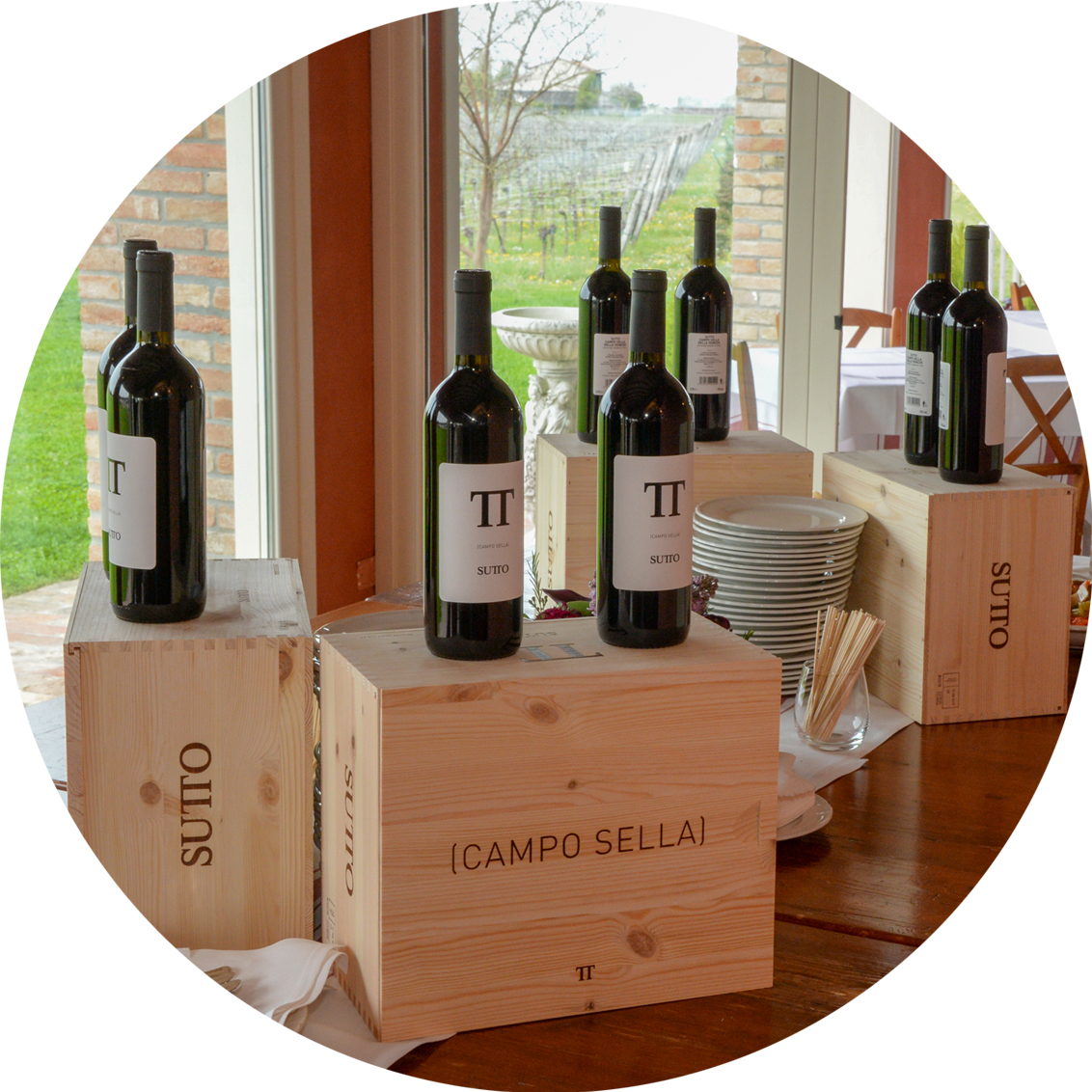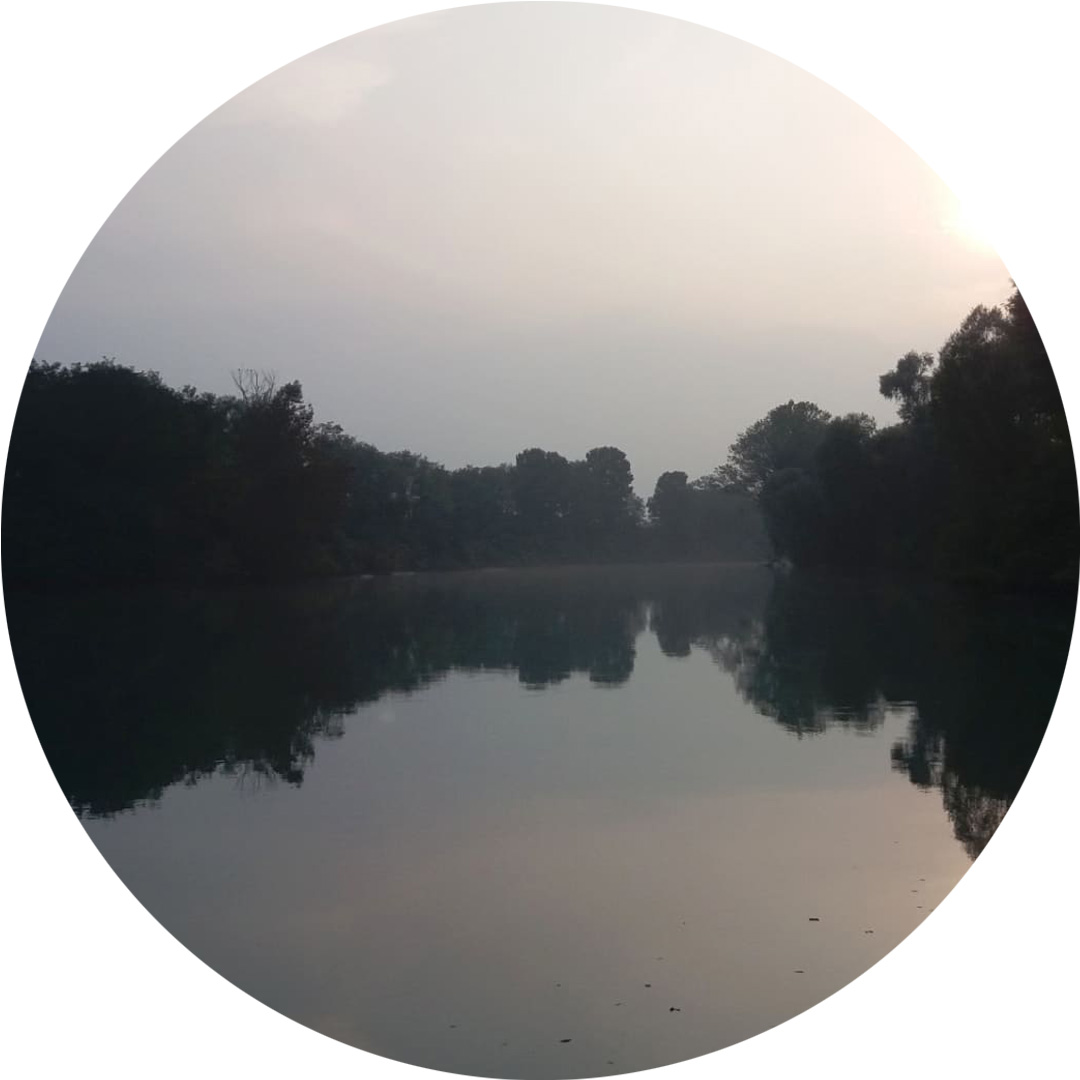Archaeological Itinerary in the Buried Towns
Among archaeological areas and museums from Noventa to Portogruaro, and Altino to San Donà di Piave
Sometimes a name provides a clue that allows us to get to know a person, or a city, better. In the case of Noventa, 'the new', 'the rebuilt', we read destiny written clearly in the name, because it happens to have been reborn twice in its history. Before it was referred to by this name (the first time was in 1090), Noventa was a Roman city founded in the 1st century BCE. Today, on the other hand, it is a town rebuilt on the remains of its Roman core and then again on the rubble of the First World War, unrolling across the flat lands of the lower Piave River bordering on the Venetian lagoon. Noventa lies in a land that gives the feeling of transition, between the Veneto and Friuli, between the countryside and the lagoon with the promise of the Adriatic Sea on the horizon. In ancient times, this area thrived on trade and river commerce, with ports, Roman colonies and prosperous settlements: its lagoon towns were like Venice, but without being Venice. Today, most of them are country towns, from whose subsoil re-emerge evidence of the precious past. For those who love to immerse themselves in ancient history, Noventa, but also nearby Altino, Portogruaro and San Donà di Piave are stops on a fascinating archaeological itinerary to discover the traces of an otherwise invisible antiquity.

Noventa archaeological area and the ancient parish church of S. Mauro
Traces of the Roman nucleus from the 1st century BCE appeared as a result of excavations carried out at the end of the 1970s. A Roman, medieval and Renaissance complex has emerged in the archaeological area. In the period following the Roman era, Noventa suffered the fate common to the rest of the lagoon lands invaded by barbarian hordes: destruction. From these dark years, dark to us also because of the lack of any documentation, Noventa re-emerged around the tenth century when the Venetians established a port and market on the Piave River. Over the next four hundred years, Noventa experienced its peak of prosperity with lasting peace, a flourishing port and a lucrative horse trade from Hungary. With the fall of the Venetian Republic (1797) its decline began. The most tragic event in its history finally occurred during the First World War: in 1917, the town found itself in the line of fire and was reduced to an expanse of rubble. On these ruins, everything was subsequently rebuilt more or less where it was. And so, for the second time, Noventa was reborn.
The Mosaics
Above the remains of the Roman villas there are traces of a small Romanesque church, the early parish church dedicated to St. Maurus, dated around 1100. In the area where the ancient church stood, beneath the level of the floor, archaeological excavations have also unearthed two splendid mosaics datable to the end of the fourth century, with geometric motifs executed in black and white tesserae. Due to similarities in workmanship and decoration, these artefacts can be attributed to the same workers who created the mosaic of the basilica Apostolorum in Concordia Sagittaria.

National Museum and Archaeological Area of Altino
Altino was Altnoi to the ancient pre-Roman Veneti, Altinum to the Romans. Centuries before Venice, it was an important city, and the archaeological remains we now see in the subsoil are as extensive as those of Aquileia.
The Roman town of Altinum had an imposing centre, luxurious villas and lush countryside around it. The forum, the theatre, basilica, baths, an amphitheatre as large as the Arena of Verona and monumental gates: the traces of the past are still there, buried beneath the earth, hidden among the fields and waterways. The finds in the Museum, set up in a nineteenth-century rice mill, and in the Archaeological Area, where one walks in search of history, speak to us of its former splendour. Its history can be relived in the portraits, everyday or precious objects, funerary monuments and work tools on display. Altino was a trading town but also one of craft production, from glass to wool: looms, spindles and dyes have survived. In the archaeological area, one passes among the remains of the ancient town plan along the perfectly preserved paved road. In the neighbourhood of the fine villas, the mosaic of the domus of the Panther, depicting the animal drinking, can still be seen.
Leaving Altino behind, one can have a particularly fascinating experience by following the same waterways that used to connect the inhabitants of ancient Altinum to the islands of the lagoon, passing by Murano, Burano, as far as Torcello, which was a sort of first port of call for Altino. A visit to its Provincial Museum to Torcello traces its history from the Mycenaean era (2nd century BCE) to the nineteenth century.

Concordia National Museum in Portogruaro and Concordia Sagittaria Archaeological Area
In the name Portogruaro there is a port, and there are cranes (gru in Italian), at least according to the explanation most favoured by locals, so much so that the crane has become a town symbol. This is Portogruaro, with its pastel colours and the air of an island marooned on the mainland. The aforementioned port used to be on the Lemene River that flows through the town: what today is a lazy waterway was once a lively crossroads, but is still overlooked by some elegant residences and porticoes.
The ancient history of the place is well told by the Concordia National Museum and the Concordia Sagittaria Archaeological Area, which bears witness to the history of the Roman colony Iulia Concordia, now Concordia Sagittaria. The museum has the appearance and atmosphere of a basilica and in fact infuses the spirit with its solemn silence, in a harmonious alternation of marbles and sculptures, coins and precious glass, and everyday objects.
Portogruaro is also a place to stroll, with the tranquillity and certainty of always finding the way back to the centre and some picturesque view to photograph. One is from the Ponte Sant'Andrea: the view of the two mills on the river is an iconic snapshots.
The MUB – Museo della Bonifica di San Donà di Piave (San Donà di Piave Land Reclamation Museum)
In San Donà di Piave, both antiquity and history lovers can explore the past of the Lower Piave district. This town not only deserves a regenerating stroll in its pedestrian precinct, but also offers the Museo della Bonifica (the Museum of the Land Reclamation - the MUB). Opened to the public in 1983 in a former convent of the Clarisse nuns and divided into very well-organised sections, including an area dedicated to the Great War, the Museum takes us through the history of the Piave River along the thread of the impressive reclamation works that characterised the late nineteenth and twentieth centuries. Several Roman finds that have been unearthed (the ancient Roman Via Annia passed through San Donà), new multimedia content, material and intangible evidence, stories and traditions show us the intertwining of man with the landscape and amphibious nature of the lower Piave Valley over the centuries, from antiquity to the present day. All this along a network of various possible routes not only within the museum spaces, but which integrate with the external spaces.
USEFUL INFO
Distance from Noventa di Piave Designer Outlet to Altino: about 30 km, travel time about 26 minutes
Distance from Noventa di Piave Designer Outlet to Portogruaro: approximately 33 km, journey time approximately 27 minutes
Distance from Noventa di Piave Designer Outlet to San Donà di Piave: approximately 6.5 km, journey time approximately 11 minutes
Noventa
Area Archeologica
Via Borgo
Altino
Museo nazionale e Area Archeologica di Altino
Via S. Eliodoro 56, tel. 0422789443
polomusealeveneto.beniculturali.it/musei/museo-nazionale-e-area-archeologica-di-altino
Portogruaro
Museo nazionale Concordiese di Portogruaro e Area Archeologica di Concordia Sagittaria
Via del Seminario 26, tel. 042172674
polomusealeveneto.beniculturali.it/musei/museo-archeologico-nazionale-concordiense
San Donà di Piave
MUB – Museo della Bonifica
Viale Primavera 45, tel. 0421590250
www.museicivici.sandonadipiave.net/myportal/C_H823_MUSEO/museo
in partnership with ![]()
Experience
Read next










